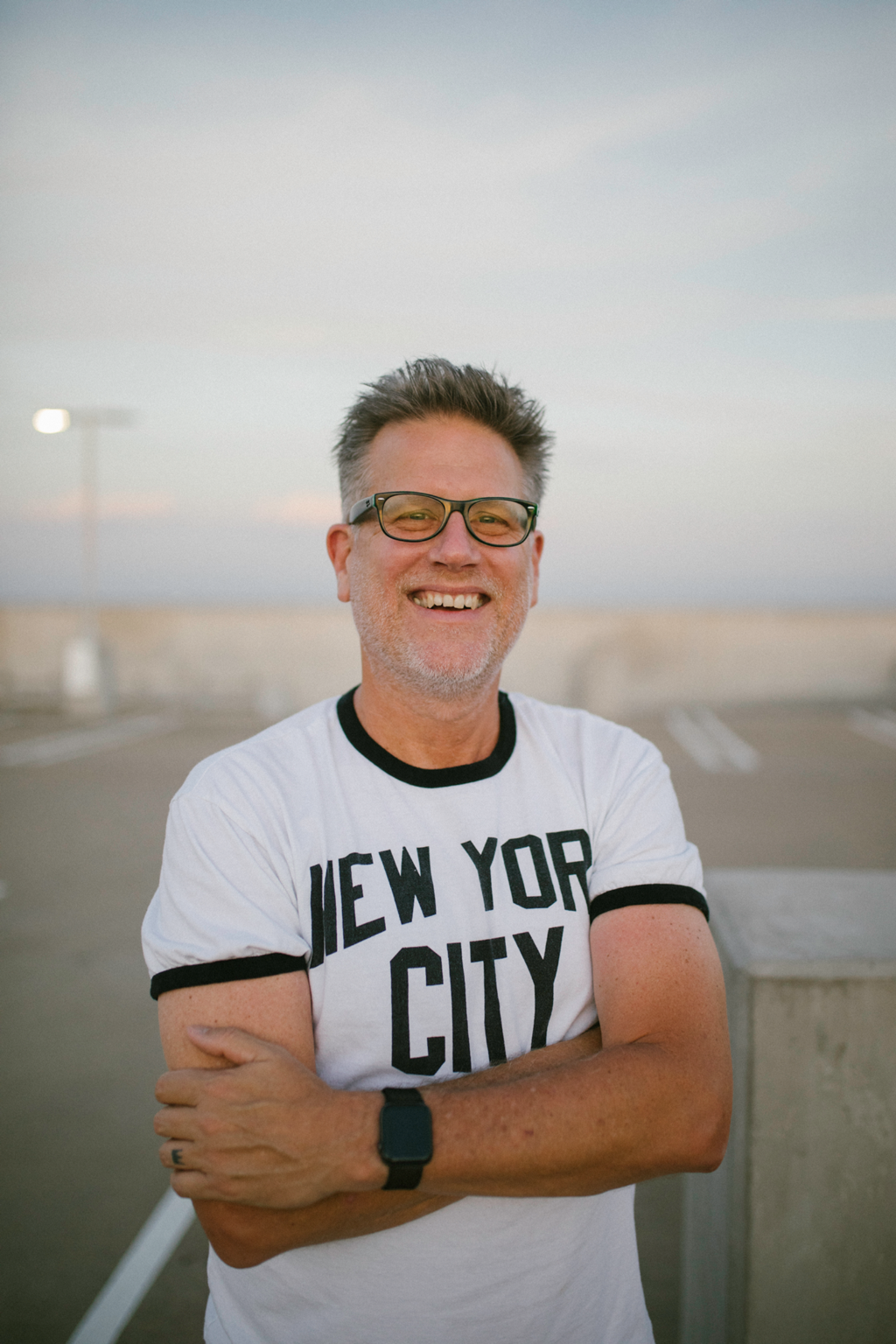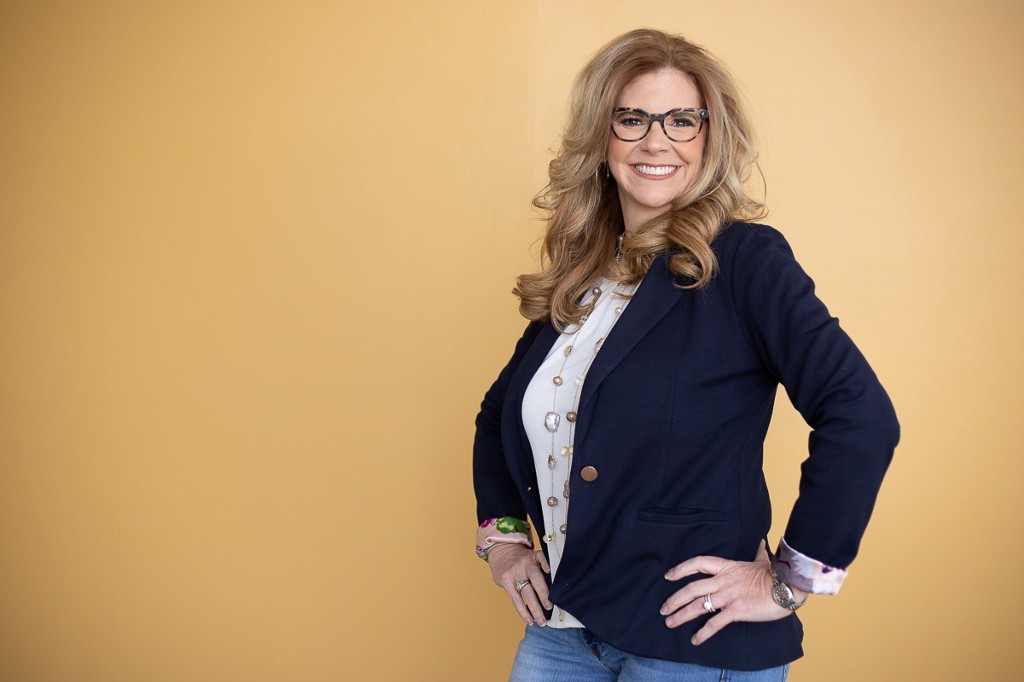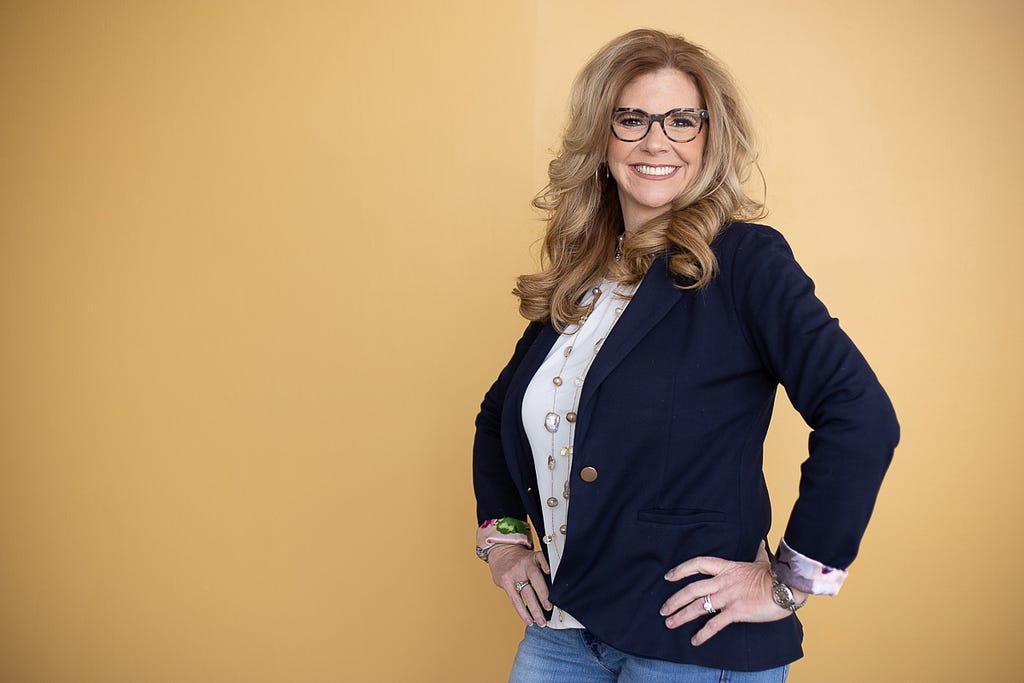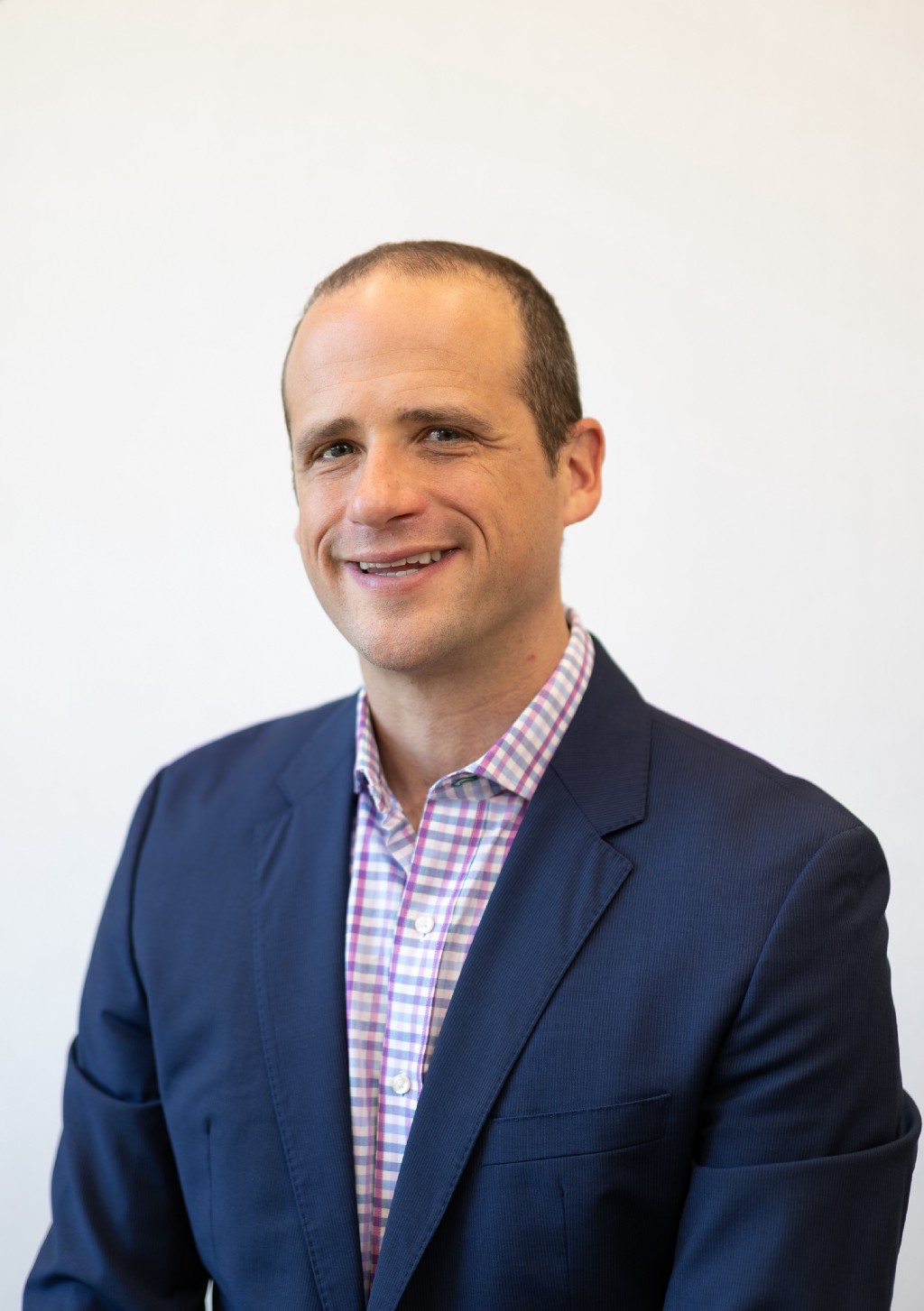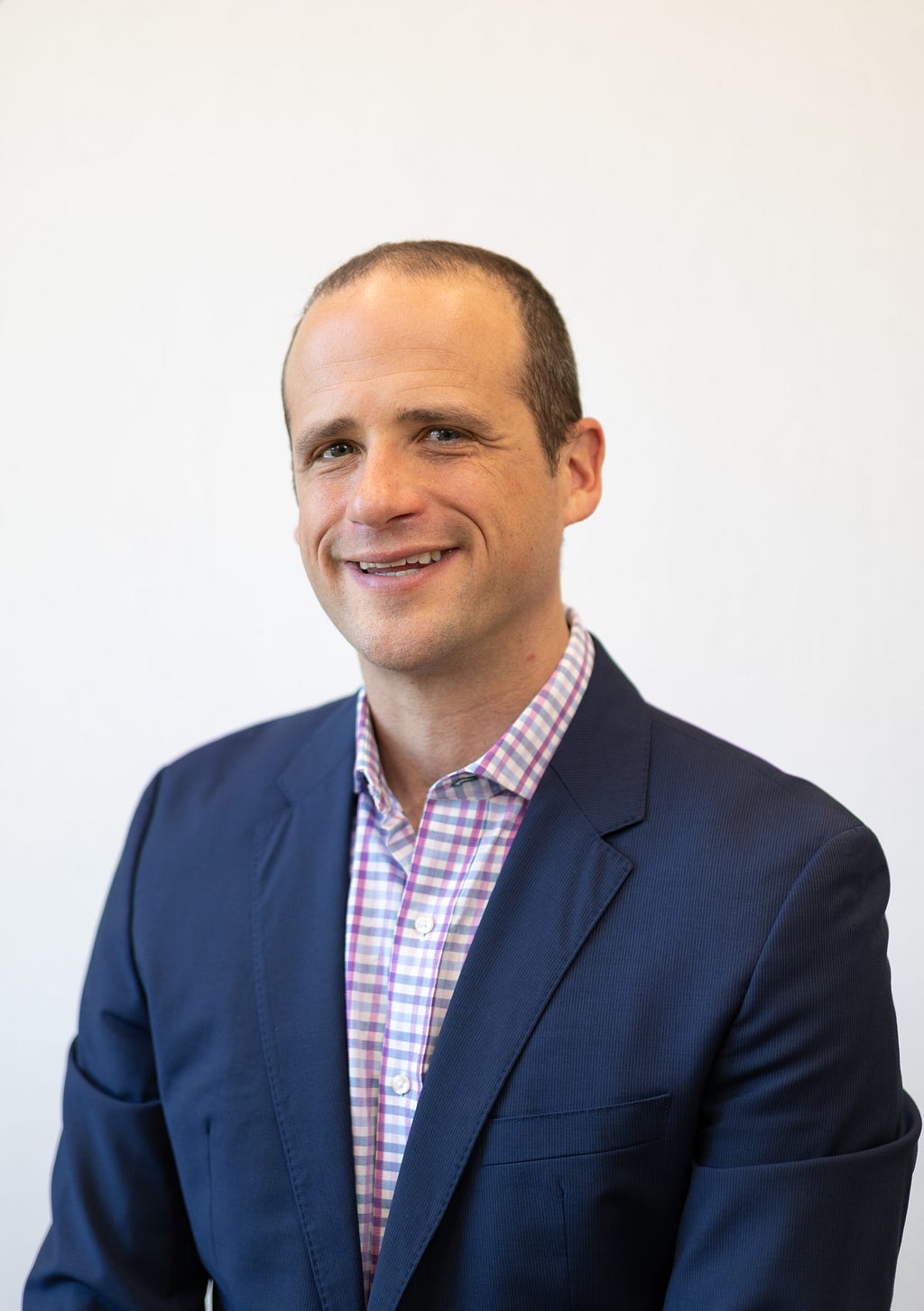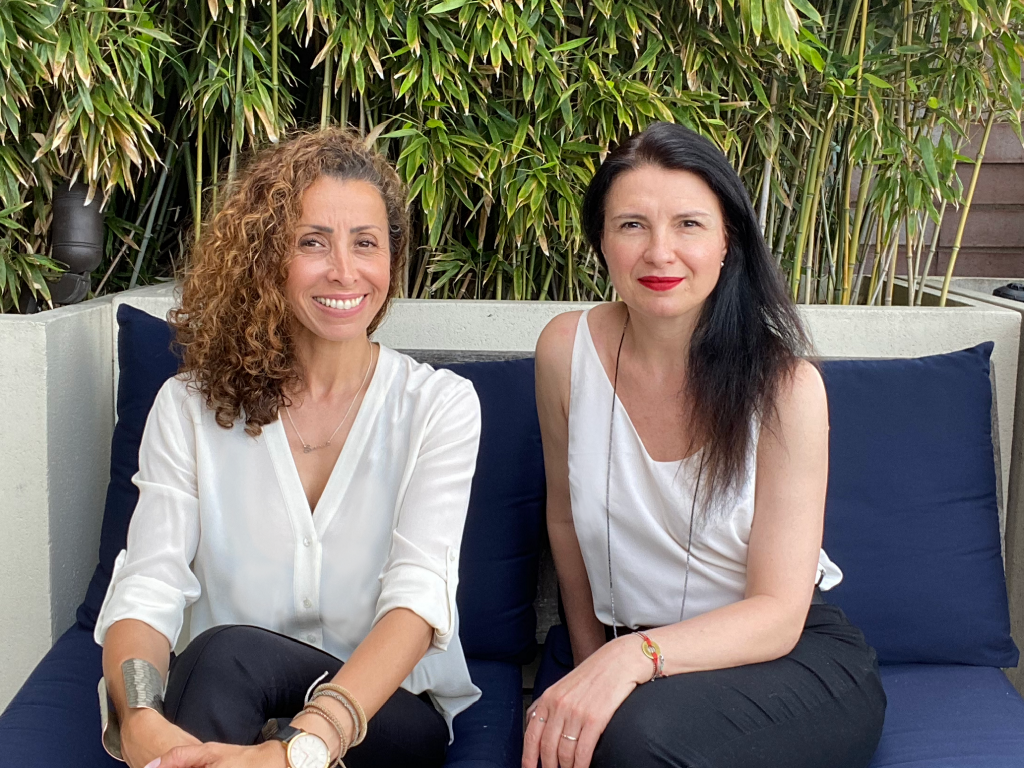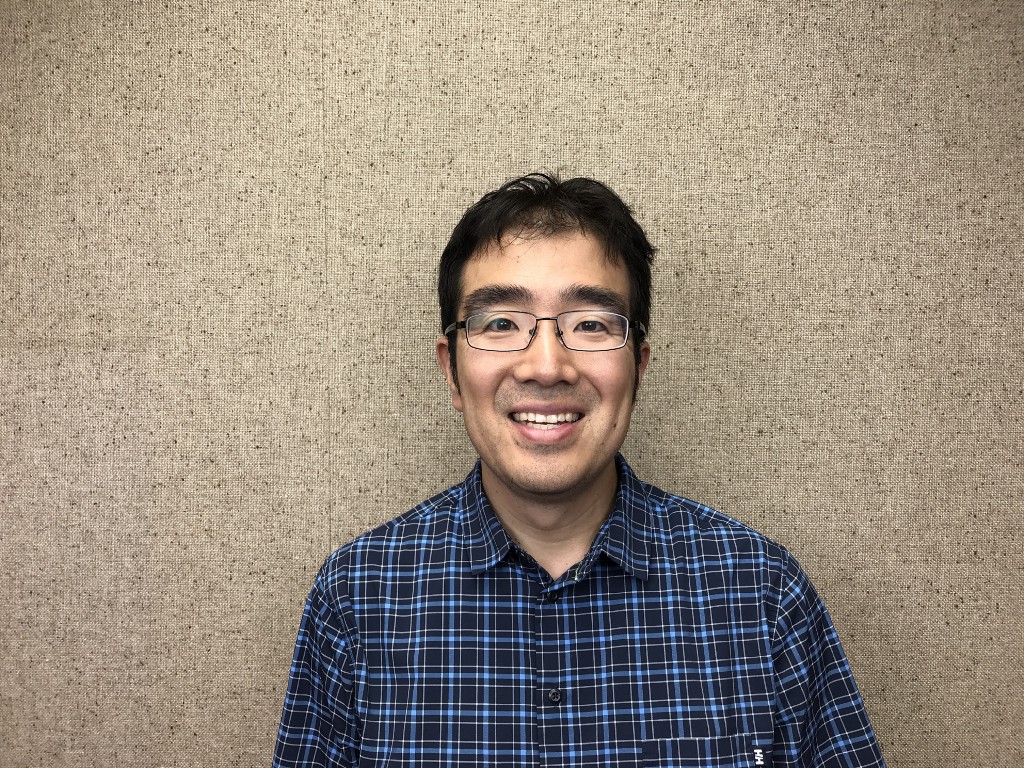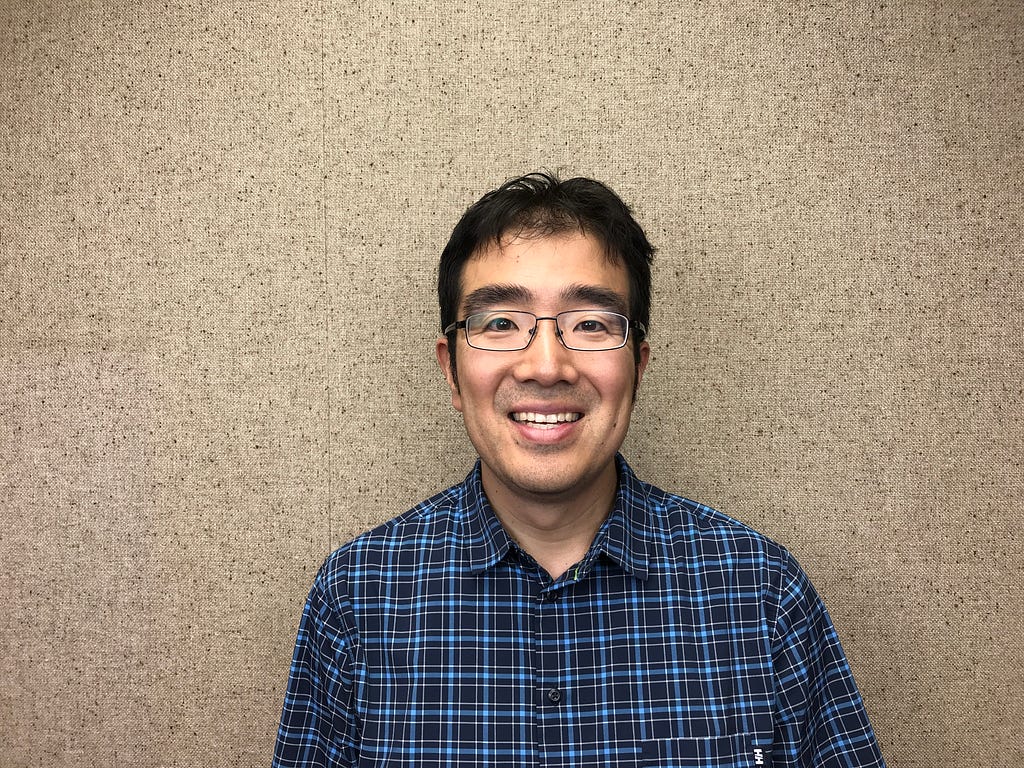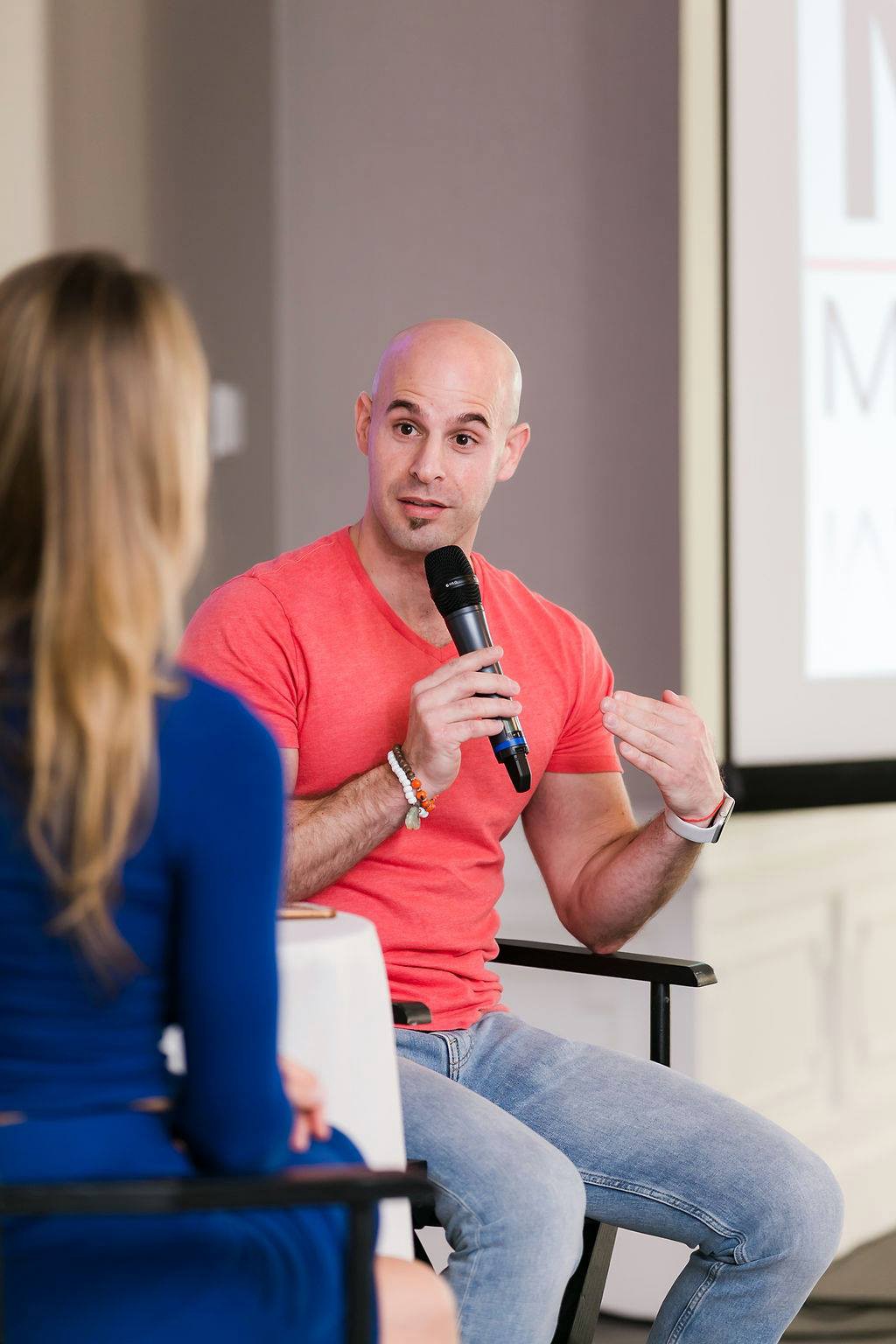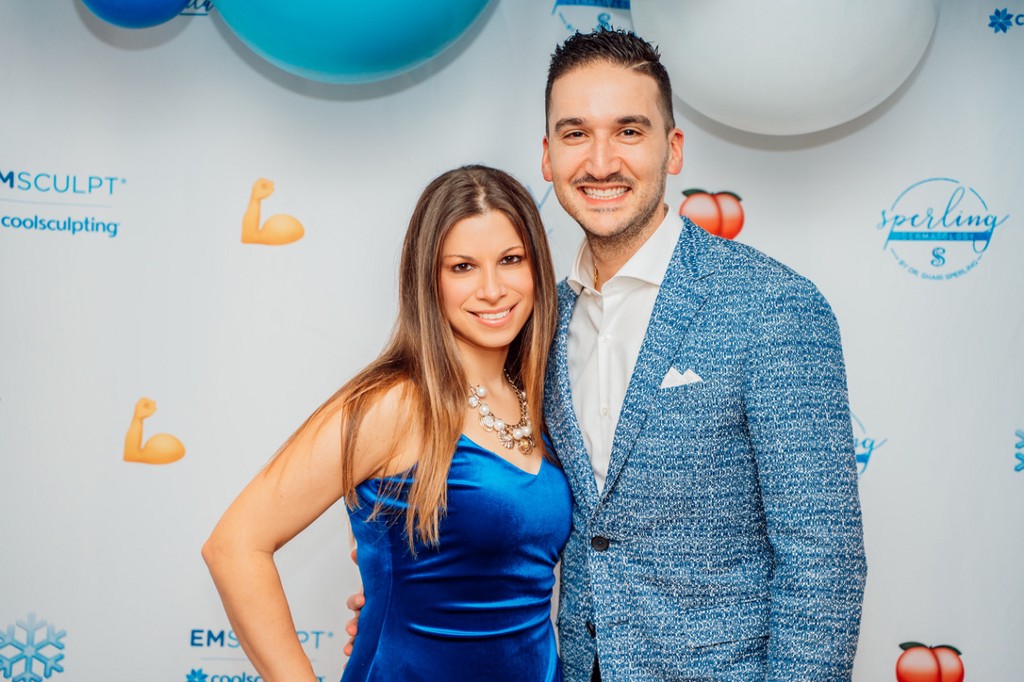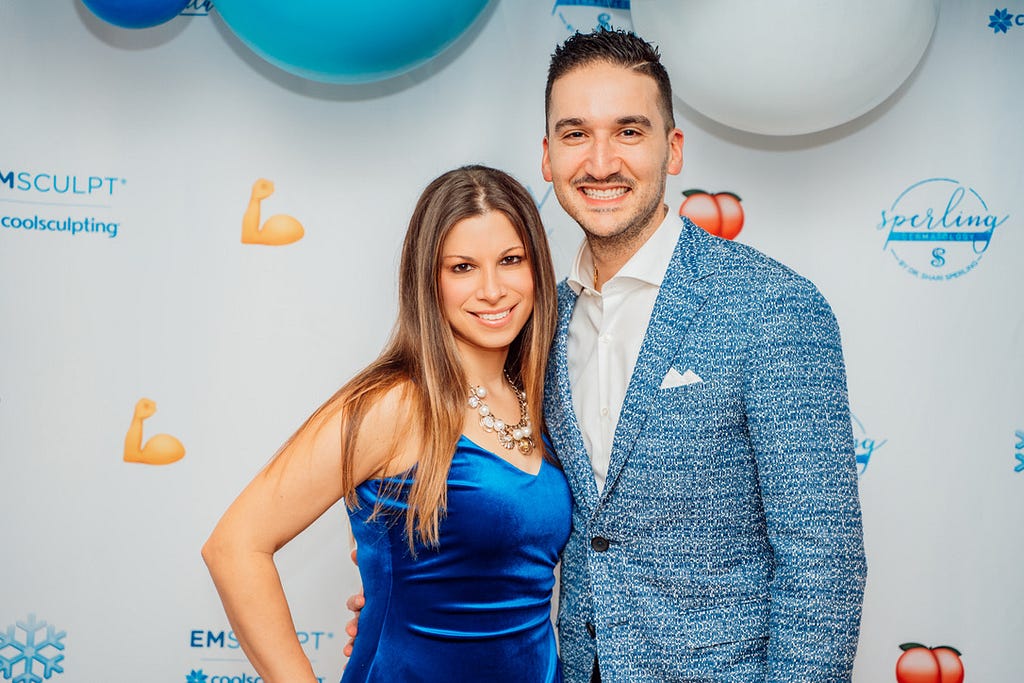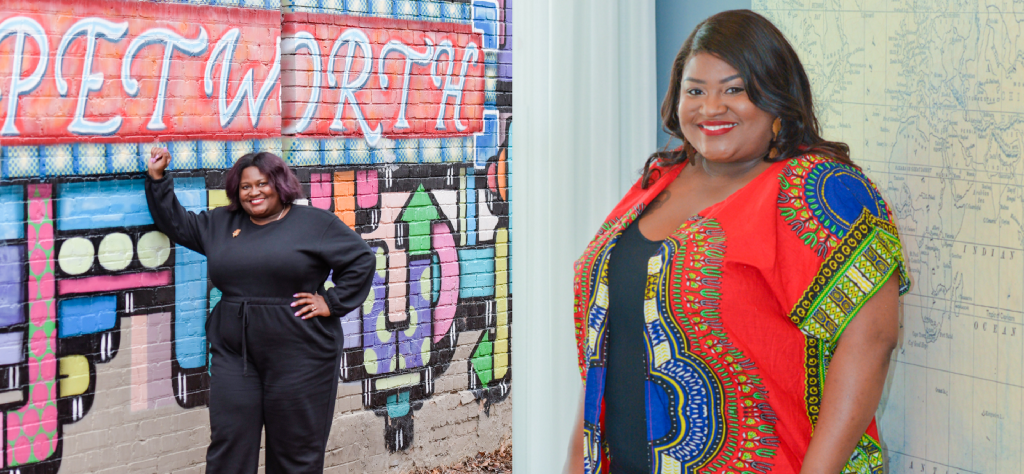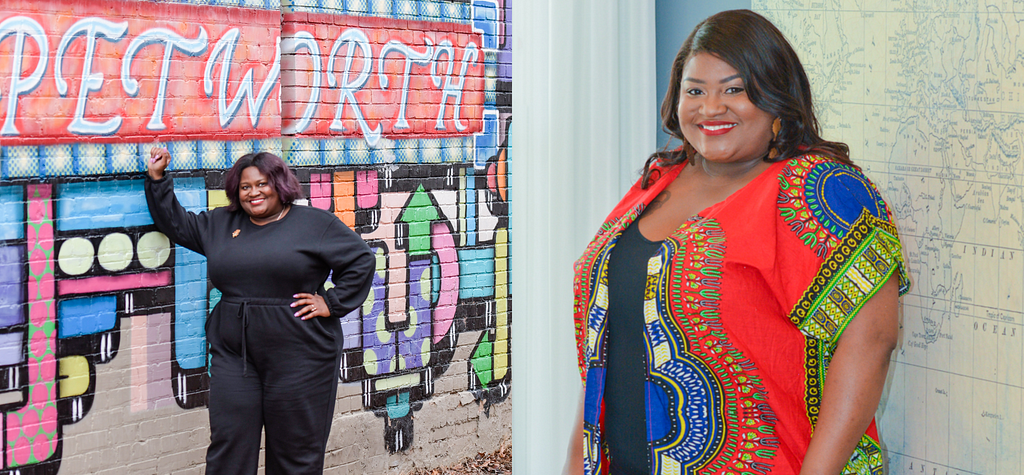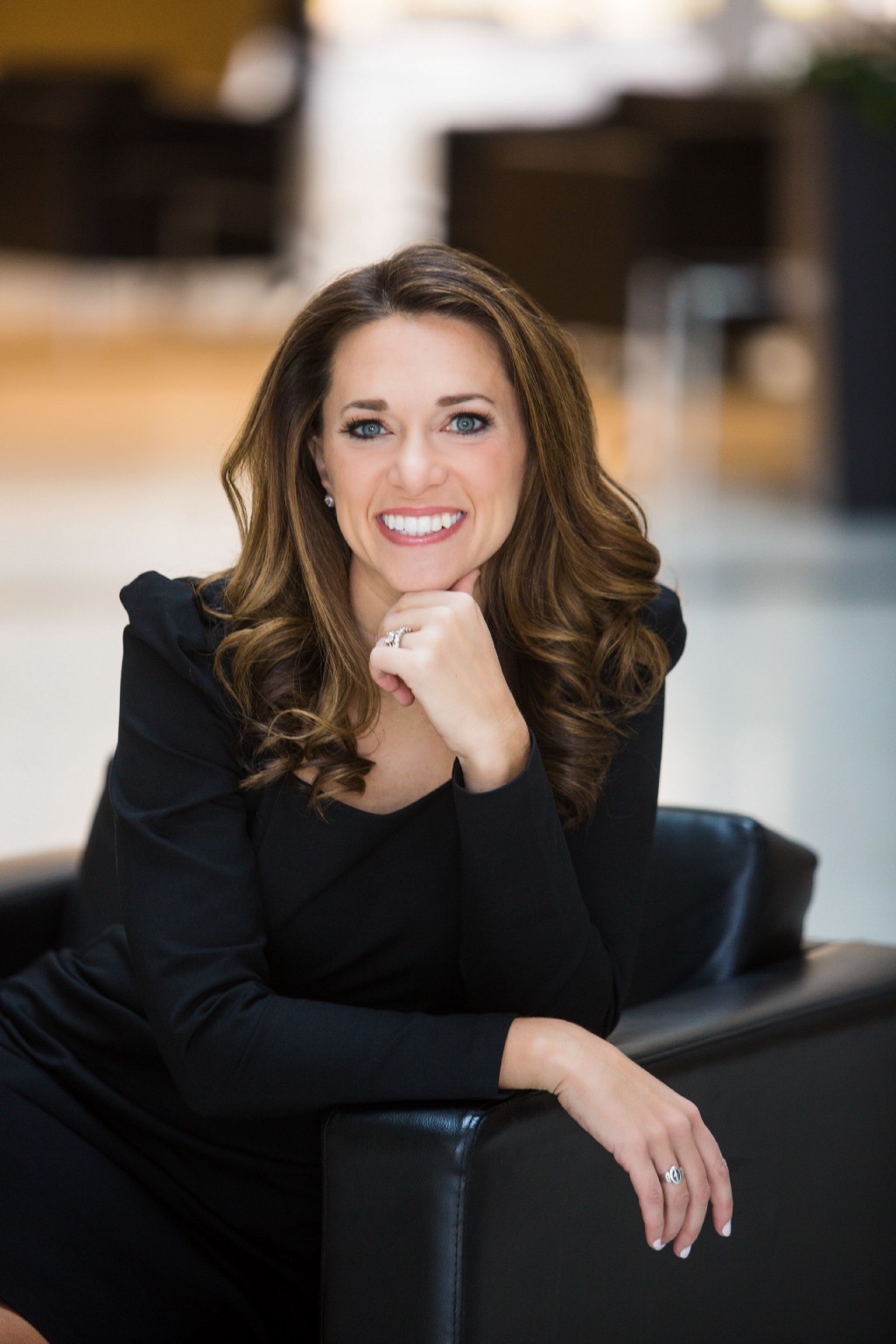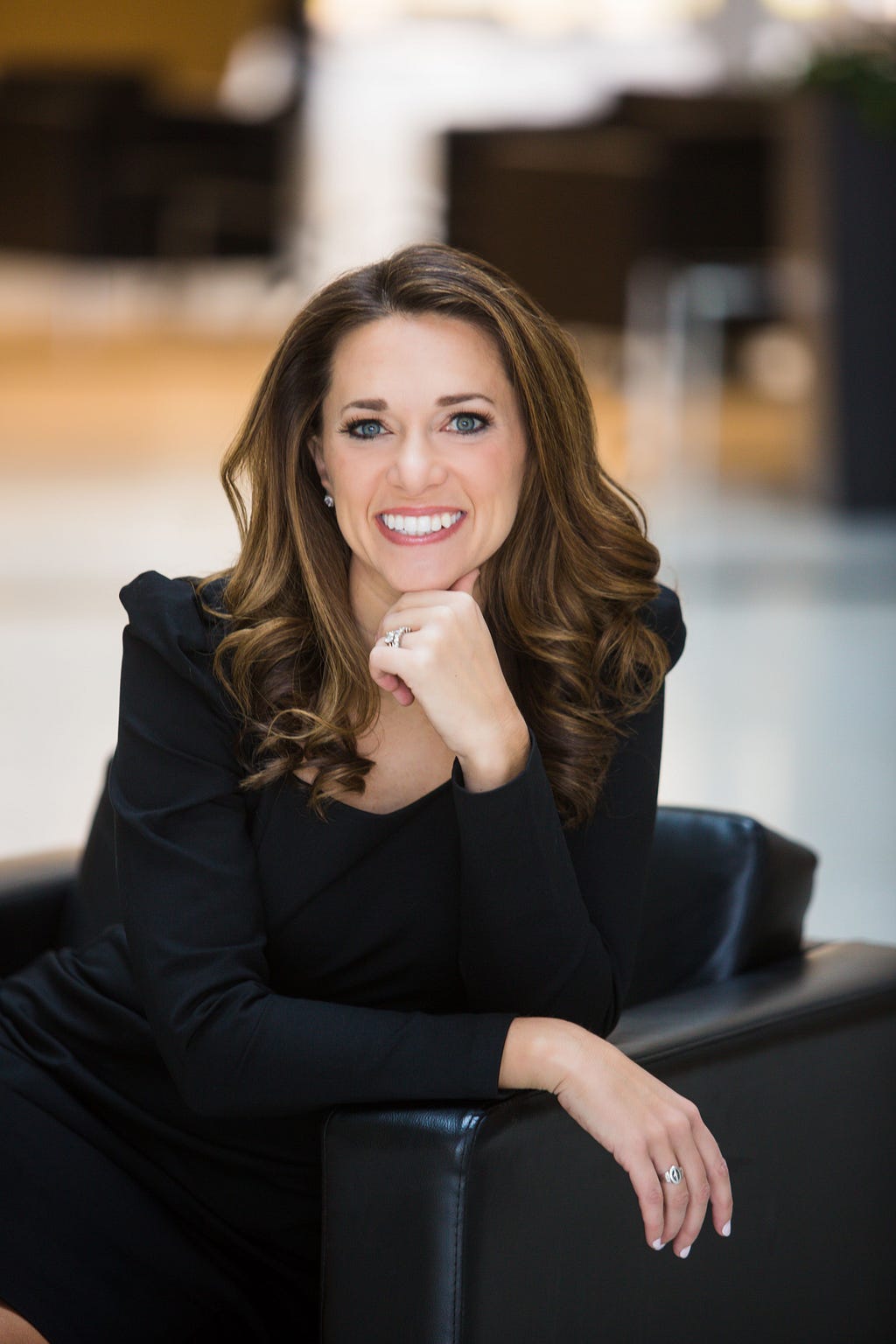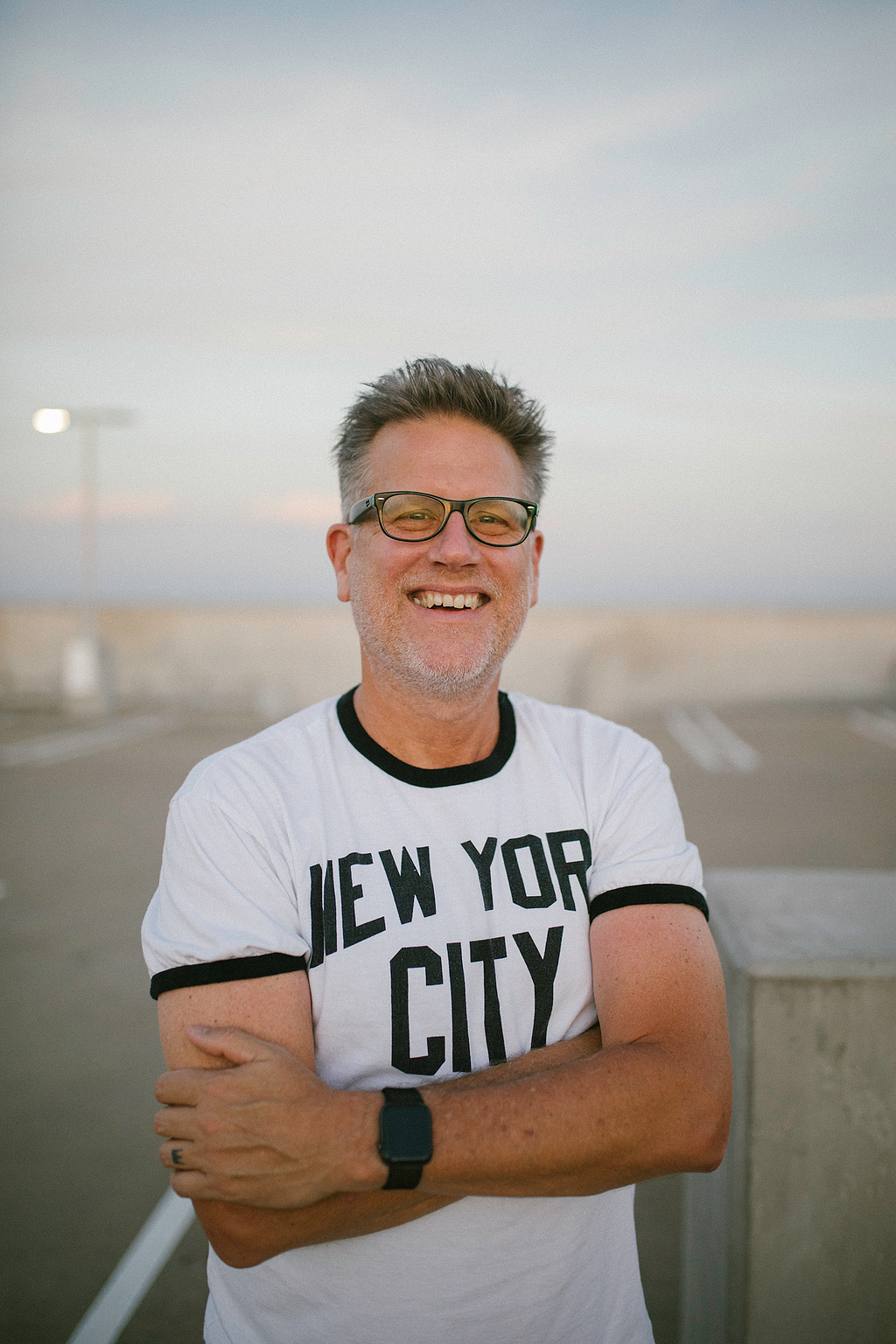
Don’t take what naysayers think personally — Be humble in what you are creating as it is hard for people to dislike what you are doing if they feel a connection to who is doing the creating. Trying to outdo a naysayer plays into their game and takes your advantage away from being the most knowledgeable person in the conversation around what you believe.
I had the pleasure of interviewing Jon Werner, KOYA Innovations.
Jon recently served as a Senior Director and Innovation Explorer at adidas focused on bringing digital experiences to life for the brand. Before adidas, Jon founded Bones in Motion, a mobile software start-up in 2003 that pioneered using GPS in mobile phones to deliver real-time fitness experiences that was acquired by adidas in 2009 and became the foundation for adidas’ miCoach mobile. He has also worked at several start-ups in consumer electronics, enterprise hardware and software and military software development. His work as a software architect for IBM brought his family to Austin, TX where he still resides. He holds over 50 patents covering user interface design, speech recognition, networking, mobile fitness related software and hardware and other fun stuff. Currently, Jon handles the CEO and CPO duties at KOYA Innovations leveraging over 17 years of building mobile apps based on location awareness.
Thank you so much for joining us! Our readers would love to ‘get to know you’ a bit better. Can you tell us your ‘backstory’?
Sure. I’ve had a passion for DIY ever since my dad gave me his 10 year old 1966 Mustang. My dad was wise and knew this would keep me focused after school and on the weekends. Making the car my own not only kept me out of trouble, but also opened up a new world.
When I wasn’t rebuilding cars in the garage, I began dabbling with theBASIC programming language on a Radio Shack TRS-80 my junior year in high school. This solidified my decision to pursue a computer science degree in college which jump-started my 35 year career in software development.
My first job out of college was working inside the Pentagon on projects for the Air Force. While fun, the excitement quickly wore off after spending long hours in a windowless office. Working on trailing edge technology wasn’t fulfilling.
I then found a position at a 2-person startup doing advanced software development for the Navy and enjoyed the scrappiness of working lean. In fact, I liked it so much that, outside of a 4 year stint at IBM and 10 years at Adidas, I have found myself working at 6 startups throughout my life.
While I enjoyed programming during the early years, the opportunity to architect projects and work with folks in marketing and business development really helped round out my skillset. These experiences also gave me the push to start my first company in 2002.
Are you working on any new or exciting projects now? How do you think that will help people?
I’ve co-founded my second startup, KOYA Innovations, with my wife and two eldest daughters. Our goal was to make it fun and easy for people to stay meaningfully connected at the right place and time. We found that maintaining meaningful connections is integral in combating the loneliness epidemic. In the US alone, more than 70% of Gen-Z and Millennials have reported they are lonely. Social networks have been watering down meaningful points of connection over the last decade and KOYA aims to change the narrative. Our vision is to end loneliness by facilitating moments of meaningful connection between friends and family.
In your opinion, what do you think makes your company or organization stand out from the crowd?
Being highly connected to each other and to our friends and family has given us a competitive advantage in that we are creating for others what we have already been doing for the last two decades as a family. We have surrounded ourselves with other highly successful entrepreneurs as key advisors in the areas we need to grow. It also helps that our team places purpose and profitability on the same priority level.
I’m an innovator at heart with over 50 patents and see the intersection of trends in the future that a few times I’ve tried to adopt too early. I believe the timing is spot on for what we are bringing to the market as it solves a problem many people are experiencing right now.
Ok, thank you for that. I’d like to jump to the main focus of this interview. Has there ever been a time that someone told you something was impossible, but you did it anyway? Can you share the story with us? What was your idea? What was the reaction of the naysayers? And how did you overcome that?
The first startup I did was called Bones in Motion. The problem we were trying to solve was giving runners and cyclists an easy way to keep track of their speed, distance and calories burned. We wanted to automatically track their workouts or race events using a device they already owned — their mobile phone.
An early obstacle we faced was that in 2003 there were no GPS capabilities in mobile phones. Despite this initial challenge, federal E911 mandates began requiring the ability to track the phone’s location when dialing 911. Given our location based services expertise, all of the wireless carriers wanted to partner with us as a way to fulfill the E911 requirements and monetize their investments.
Being on the bleeding edge of technology, we had access to all the new mobile phones that had GPS capabilities and were able to develop a solution that worked perfectly by the middle of 2004. We showed this to Nike in the fall of 2004 and they quickly validated our value proposition and wanted to license the technology once it was available. However, another obstacle we ran into was that the wireless carriers were dragging their feet on turning location based services on and their fall 2004 dates slipped to the spring/summer of 2006!
We had raised enough capital to get us through 2005 and started speaking with VCs for an institutional round of funding to get us to product availability. Armed with accolades from wireless carriers and being awarded the Global Location Based Services award in 2005, we were confident about our ability to close our round. We had a proven demo they could go outside to experience and check for accuracy. We also had filed patents covering the use of mobile app software using GPS to calculate speed, distance, space and calories burned. What could possibly go wrong?
Remember, this took place in 2005, two years before the iPhone with iTunes launched. While iTunes was still a few years out, there were several trends pointing to why consumers would run and bike with their mobile phones. These being the availability of downloadable music on mobile phones and Bluetooth support for wireless listening. However, even with all of this evidence, VCs just couldn’t get their heads around the idea of carrying a mobile phone on a run. We never did close an institutional round, but were able to raise additional friends and family capital to fill the gap.
In the end, how were all the naysayers proven wrong? 🙂
Once we went live on Sprint in the spring of 2006, then on Verizon in the fall, we found market-fit for the service and began waiting for more mainstream GPS enabled mobile devices to hit the market. Verizon highlighted us in commercials and we branched out to Canada, Mexico and Europe with their country specific wireless carriers. Our patents were granted in 2007 and, in the end, Adidas acquired us in February 2009.
None of us are able to achieve success without some help along the way. Is there a particular person who you are grateful towards who helped get you to where you are? Can you share a story about that?
I grew up in a home that was super encouraging and believed in my ability to do whatever I put my hands and mind to. That being said, I felt stuck during my college years and it took my wife, then college sweet-heart, to give me a greater purpose to finish strong and achieve my degree in Computer Science (five year plan). I also married into an incredible relationship that trusted in my abilities and allowed me to pursue my dreams, even when times were challenging. We sold our home and emptied our retirement accounts to keep Bones in Motion going. I would not be where I am today without the support of my incredible wife.
It must not have been easy to ignore all the naysayers. Did you have any experiences growing up that have contributed to building your resiliency? Can you share the story with us?
I am fortunate to see the world as overflowing, not just half full. I would have to point this perspective back to how supportive my parents were in letting me think for myself and pursue different endeavors. I experienced early that failure was a good thing if it happened fast and you could take your learnings to the next level. For me, failure is simply an opportunity to iterate and makes things better than before.
Back in high school, our junior class sold holly wreaths one fall as a fundraiser. We were not doing that well and school was about to break for the holidays. So a friend and I decided to buy up the remaining inventory at cost and try to make a profit selling the wreaths out of the trunk of our cars in shopping center parking lots. Let’s just say we ended up with a lot of holly decorations at our homes that year. My big takeaway from this experience, as my friend and I were the only ones who believed we could actually succeed, was that we tried together. I believe that resilience is built by having the confidence to succeed and not caring what people might think if you fail.
Based on your experience, can you share 5 strategies that people can use to harness the sense of tenacity and do what naysayers think is impossible? (Please share a story or an example for each)
- Be authentic with who you are and what you believe. When the going gets tough and you are pressing through to the finish line, you need all the gas you can muster. If you realize that you no longer believe in the mission at any point, pull the ripcord and preserve your integrity versus trying to prove the naysayers wrong. Because, sometimes they are right.
- Surround yourself with those who have diverse ideas, avoiding echo chambers. The world is a diverse place. If you want to avoid being blindsided by naysayers, solidify what you believe through the testing of others in your circle before exposing it to the world. Remember, you need to know more about what you believe than the naysayers and use this to your advantage as you pass them by.
- Be available to mentor others through their challenges. Don’t waste your failed experiences, share them with others so the failures have a positive return. Being vulnerable helps those you are mentoring know you are not perfect. We make mistakes but we learn from those mistakes and move on versus dwelling on what could or should have happened.
- Always be looking for how to make things around you better. Don’t assume anything is complete. Even the most mundane things, like emptying the cat litter, can be done better.
- Don’t take what naysayers think personally — Be humble in what you are creating as it is hard for people to dislike what you are doing if they feel a connection to who is doing the creating. Trying to outdo a naysayer plays into their game and takes your advantage away from being the most knowledgeable person in the conversation around what you believe.
What is your favorite quote or personal philosophy that relates to the concept of resilience?
Never quit something you strongly believe in. I’m also a man of faith and believe in a higher calling and not just swimming with the flow.
You are a person of great influence. If you could inspire a movement that would bring the most amount of good for the greatest number of people, what would that be? You never know what your idea can trigger.
I believe firmly that what we are building at KOYA will change the way we relate to one another. It is my desire to see the KOYA platform deepen relationships and help end the loneliness epidemic.
Can our readers follow you on social media?
I occasionally tweet (@jonw) and post on LinkedIn (https://linkedin.com/in/jonwerner). I am happy to connect with you and find creative ways to make the world a fun place to share together.
Thank you for these great stories. We wish you only continued success!
Jon Werner of KOYA Innovations: “They Told Me It Was Impossible And I Did It Anyway” was originally published in Authority Magazine on Medium, where people are continuing the conversation by highlighting and responding to this story.


